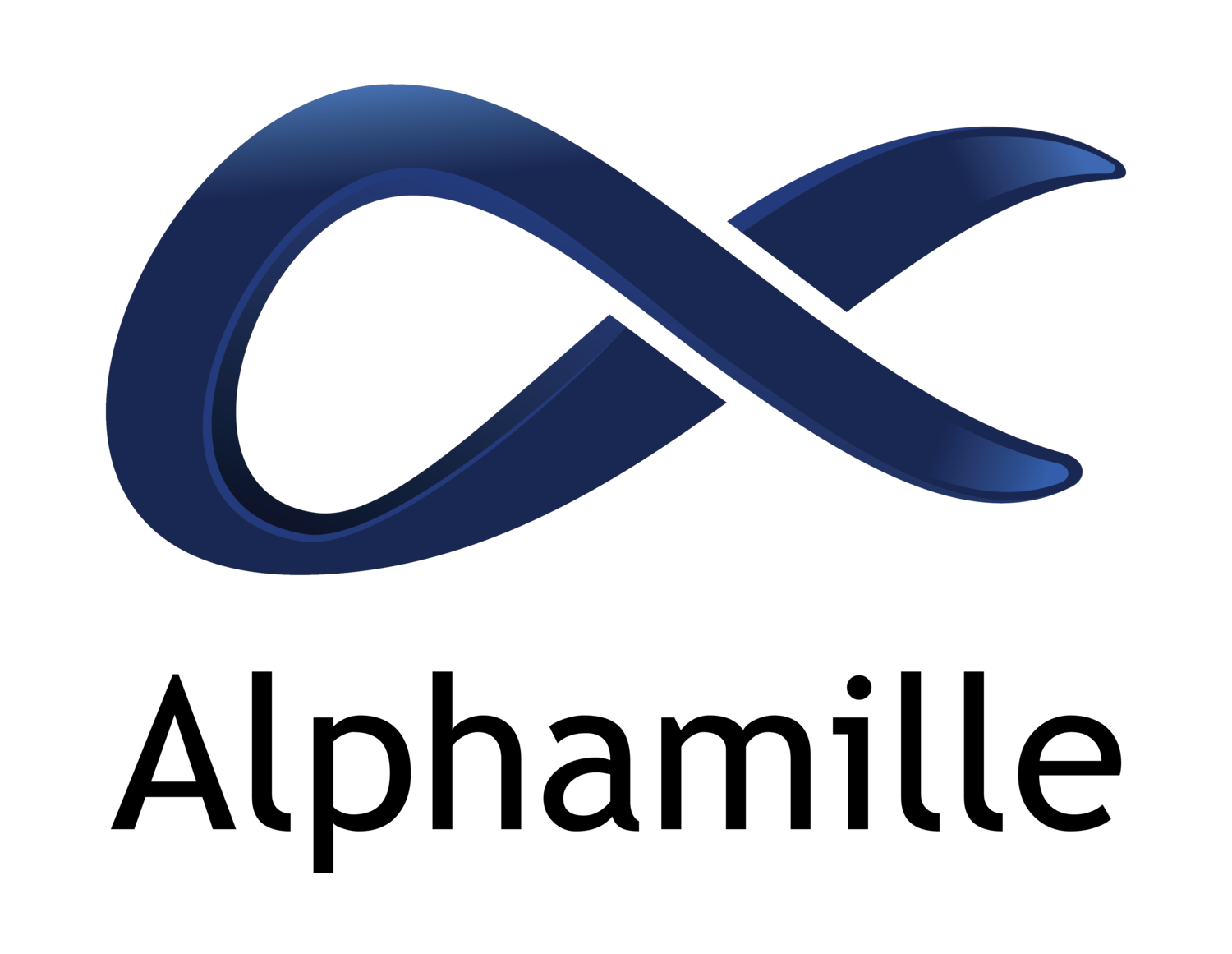
Diversity, Equity and Inclusion Program
Substantiating your organization’s philosophy about Diversity, Equity, and Inclusion (DEI) and deploying strategies to accomplish DEI outcomes can be challenging. We help you establish a Diversity, Equity and Inclusion program by going through the following five modules:
Module One: Conducting A DEI Assessment
Objectives: develop a collaborative board, identify DEI gaps, and identify areas for improvement.
Clearly define DEI
Prior to beginning work on your DEI Program, it’s important to define DEI. Similar to planning a vacation, to have a good trip, you should do some preparation work e.g. where you’re going, how you’re going to get there, the cost, things you’ll need, and so on and so forth. Defining what DEI is within your organization is an important first step. Alphamille’s experts have knowledge and experience with designing high energy quality DEI Programs.
Data Collection and analysis
In order to effectively diversify your workforce, it’s necessary to know your workforce in comparison to the labor market. Comparing your workforce to the labor market enables identification of demographic inequities. This information is integral to addressing DEI gaps, and provides opportunity to create or enhance existing practices. The multitude of knowledge Alphamille brings to bear about DEI Programs is enumerable.
Module Two: Designing Goals And Strategies
Objectives: understand the importance of measurable goals/objectives, develop measurable goals/objectives, understand how to measure performance through monitoring goals/objectives.
Develop a plan based on assessment
The DEI/Organizational assessment should act as a springboard to design strategies. If your results indicate there is minimal diversity within your financial decision making body, it will likely be advantageous for the organization to design and employ strategies to increase diversity. Having a broader range of perspectives assists with minimizing group think, and will breed more creativity and innovation for your organization.
Establish a DEI committee or board
Having a diverse group of stakeholders at the table when designing and implementing your DEI Program assists with ensuring all groups are represented. Valuable insight can be gained about diversity areas that otherwise would be unnoticed. Typically, if stakeholders plan the program, they will become vested in the program’s success. This is extremely helpful when the program moves from planning to implementation. When people are involved with program development from the start, they want to see it succeed.
Module Three: Cross-Training And Self-Managed Teams
Objectives: understand and apply cross training methodology, understand and apply self-managed team methods.
Establish Your Cross-Training Program
Cross-Training And Self-Managed Teams has been proven effective in enhancing DEI within organizations. At the end of this unit, you will have a plethora of information about how to develop your own cross-training program, as well as Self-Managed Teams. You will also acquire information about how to effectively implement these strategies.
Module Four: Designing Interventions To Address Specific Weaknesses
Objectives: understand how to develop interventions to impact weaknesses and capitalize on strengths., understand how to modify interventions to address emerging needs.
Assess for DEI gaps
Alphamille contends infrastructure changes should be data driven. That is, it is necessary to have a clear picture of driving and restraining forces influencing DEI Program success. Consequently, if you have an existing DEI Program, it should be assessed for strengths and weaknesses to identify areas of improvement. If there is no program in place, assessing the overall organization provides valuable insights about where and how DEI could enhance current practices.
Module Five: Encouraging Employee Participation
Objectives: Understand how to motivate employees to participate, Learn how to negate poor attitudes about mandatory training, learn how to effectively communicate DEI internally, and externally.
Monitor Performance
During the planning process i.e. defining DEI, analysis, board design, gap analysis, and strategy design, it’s important to incorporate performance components. In order to continuously improve processes, ongoing data and information about program performance is integral. Imagine taking a 15-week college course, and not getting any grades for any work until the last day of class. You receive your grades, and found you failed the course. Much like the aforementioned scenario, lack of knowledge about the DEI and/or organizational performance makes it impossible to modify your processes to correct any shortcomings. Connecting goals and objectives to your DEI Program provides ongoing information about performance, which enables a prompt response to problems.
Internal and external evaluation
Designing and incorporating both internal and external evaluations help with perfecting both organizations and programs. Ongoing information about the internal audience involved with implementing the DEI Program helps to identify areas for improvement. Moreover, information collected from the external audience can reveal opportunities for additional improvement.
Program Delivery
We provide training in the following ways:
In-person
Live via zoom, or
As an online, on-demand program that you can use at your own pace.
Please contact us for a free consultation on which method is most effective for your company.
